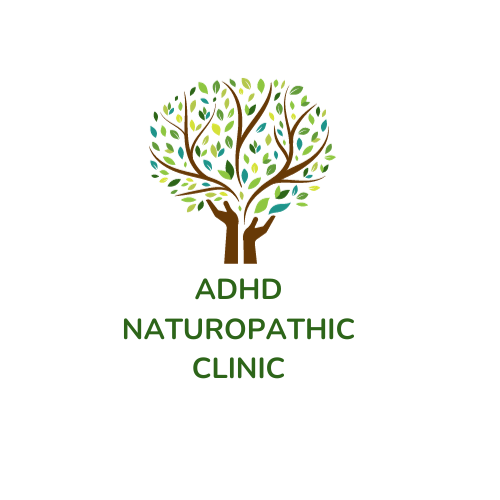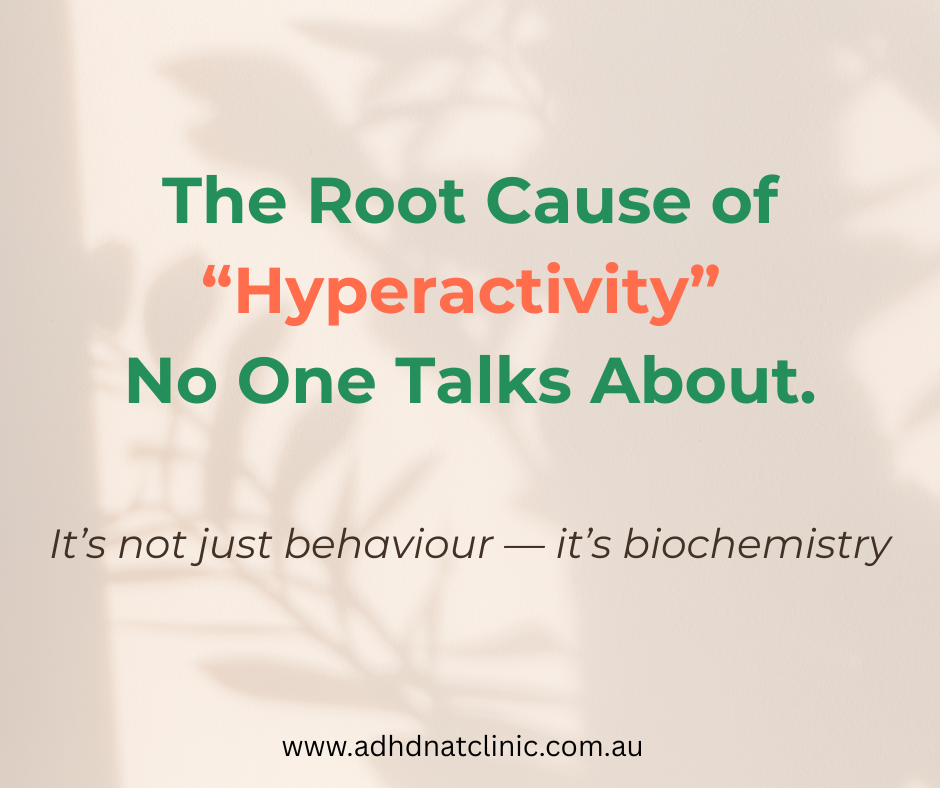When you or your child struggle with hyperactivity, it can feel overwhelming. Constant restlessness, difficulty sitting still, or racing thoughts can interfere with school, work, relationships, and everyday life. But what if the cause isn’t just “in the brain” — what if the body is sending signals through mineral imbalances or hidden toxic exposures?
That’s where Hair Tissue Mineral Analysis (HTMA) comes in.
What is HTMA?
HTMA is a simple, non-invasive test that measures the levels of minerals and heavy metals stored in the body using a small hair sample. Because hair grows slowly, it provides a 3-month window into your mineral patterns — unlike blood tests, which only give a snapshot of what’s happening in that moment.
Think of it as a “blueprint” showing how your body is working behind the scenes.
Why Minerals Matter for Hyperactivity
Minerals are the building blocks for energy production, neurotransmitter balance, and nervous system function. When they’re out of balance, symptoms like hyperactivity, poor focus, and mood swings can appear.
For example:
- Calcium and Magnesium Ratio (Ca/Mg): These are calming minerals. When magnesium is too low compared to calcium, the nervous system can become overstimulated, leading to restlessness and hyperactivity.
- Sodium and Potassium Ratio (Na/K): Known as the “adrenal ratio,” it reflects stress response. High sodium with low potassium can look like agitation, irritability, and difficulty calming down.
- Zinc and Copper Ratio (Zn/Cu): Zinc is important for focus and calming, while copper in excess can drive hyperactivity, racing thoughts, and anxiety-like behaviour.
- Iron and Manganese Balance: Low iron can affect dopamine production (linked to attention and focus), while too much manganese may overstimulate the brain.
The Hidden Role of Heavy Metals
HTMA doesn’t just look at nutrient minerals — it also detects toxic metals that can mimic or worsen ADHD symptoms.
What many people don’t realise is that heavy metals are often passed down through generations. If your parents or grandparents were exposed to toxins (like lead in old pipes, mercury in dental fillings, or aluminium in cookware), their bodies may not have fully detoxed these metals. Over time, these can be transferred during pregnancy, and then continue to be passed down unless the body learns how to eliminate them.
This means that the hyperactivity or restlessness seen in a child today may be the result of toxic burdens building up over several generations.
Some key heavy metals that can affect behaviour include:
- Lead: Associated with impulsivity, hyperactivity, and learning difficulties.
- Mercury: Can interfere with mood, memory and focus.
- Aluminium: Linked with irritability, brain fog, and poor concentration.
Even at low levels, these metals disrupt the nervous system, and when layered across generations, the effects can be profound.
Coming Soon: Heavy Metals & ADHD Blog Series
This article is the first in a series exploring how heavy metals affect ADHD symptoms across generations. Over the next few weeks, I’ll be diving into specific metals like lead, mercury, and aluminium, and how they can impact focus, behaviour, and overall health.
👉 Want to make sure you don’t miss any of these insights? Sign up to my newsletter and you’ll get each article delivered straight to your inbox.
Why HTMA is a Smart First Step
- Affordable: It’s one of the cheapest, yet most revealing functional medicine tests.
- Non-invasive: Just a small hair sample.
- Actionable: The results provide a clear picture of which minerals need balancing and whether toxins may be driving symptoms.
Instead of guessing which supplements to take, HTMA helps you see the root cause of hyperactivity and create a personalised plan to restore balance.
Ready to find answers?
At the ADHD Naturopathic Clinic, we use HTMA to uncover the hidden imbalances behind hyperactivity and ADHD symptoms. Book your consultation today and take the first step towards lasting focus and calm. Book Your Initial Consultation now.
Disclaimer:
The information provided in this blog is for educational and informational purposes only and is not intended to replace individual medical advice, diagnosis, or treatment. Always consult with a qualified healthcare professional or your GP before starting any new health program, herbal supplement, or treatment—especially if you are pregnant, breastfeeding, taking medication, or have an existing medical condition. The content shared by Oak Tree Herbal Clinic is based on traditional and clinical herbal knowledge and is not intended to diagnose, treat, cure, or prevent any disease. Individual results may vary.

